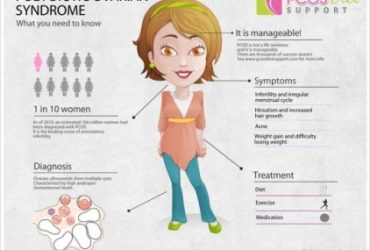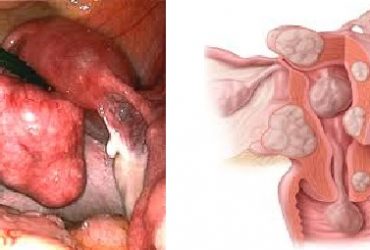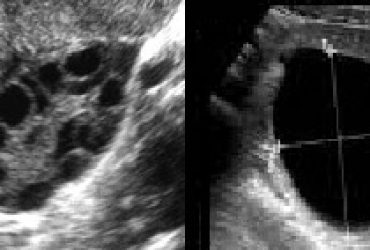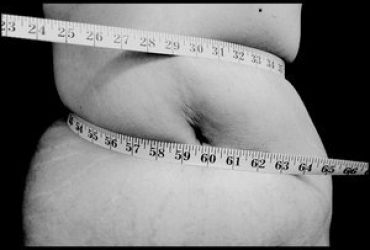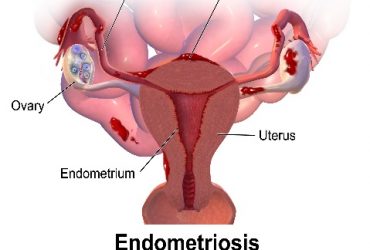At least one in five women would from irregular and/or heavy periods at one point in her life. These symptoms have many possible causes, mostly being easy to diagnose and treat. However, some causes need surgical intervention to control.
What are the causes of heavy periods?
This depends on the woman’s age. Bleeding in the teen age and early twenties may be due to an undiagnosed bleeding tendency or due to poor ovulation. In the age group of 20-40 years, most period changes are due to complications related to an undiagnosed early pregnancy or due to side effects from contraception.
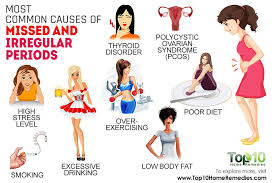 Occasionally, it may be due to poor ovulation, polycystic ovary syndrome (PCOS), or fibroids (benign tumors in the womb). Malignant tumors are really rare in such age group but would be diagnosed during the diagnosis workup. In the age of forties, the cause is usually poor ovulation or diseases in the womb lining (endometrium). It may also be due to a fibroid (benign tumor in the womb), an increased endometrial surface area (following several pregnancies) or rare malignant tumors in the genital tract. Finally, bleeding after the age of fifty (postmenopausal bleeding) may just be due to endometrial thinning and atrophy, or due to more serious tumors needing urgent intervention.
Occasionally, it may be due to poor ovulation, polycystic ovary syndrome (PCOS), or fibroids (benign tumors in the womb). Malignant tumors are really rare in such age group but would be diagnosed during the diagnosis workup. In the age of forties, the cause is usually poor ovulation or diseases in the womb lining (endometrium). It may also be due to a fibroid (benign tumor in the womb), an increased endometrial surface area (following several pregnancies) or rare malignant tumors in the genital tract. Finally, bleeding after the age of fifty (postmenopausal bleeding) may just be due to endometrial thinning and atrophy, or due to more serious tumors needing urgent intervention.
Do all cases require surgical intervention?
Actually, it is the opposite. Most cases may be treated medically. Conditions needing surgery are usually associated with other symptoms, such as chronic pelvic pain, uterine enlarged size, or failure of response to medical treatment.
How then may I know the cause of my condition and the possible treatment options?
Consulting an experienced doctor allows early diagnosis and satisfactory patient’s response. The doctor would also need to do a gynecologic ultrasound scan to diagnose uterine enlargement, track ovulation, and put a plan for investigations and treatment.

The next step depends on the diagnosis reached. Some cases need blood tests to check hormones and bleeding/clotting function. Some cases may need a biopsy from the endometrium (womb lining) to diagnose infections, premalignant and malignant conditions.
Do I have to undergo endometrial biopsy?
Most cases do not need a biopsy from the lining of the womb, but the decision depends on the clinical scenario. For instance, a womb enlargement, an abnormally to thick lining, an irregular period pattern, bleeding after the age of 40 are all indications for endometrial biopsy.
What are my options of treatment?
Depending on the cause of bleeding, treatment ranges between changing the method of contraception, using simple medicines during menses to reduce the blood loss, or using hormones to correct the ovarian and endometrial functions.
Surgical options include endometrial biopsy or curettage to treat uterine polyps, hysteroscopy (key-hole surgery) to treat fibroids or for endometrial ablation.
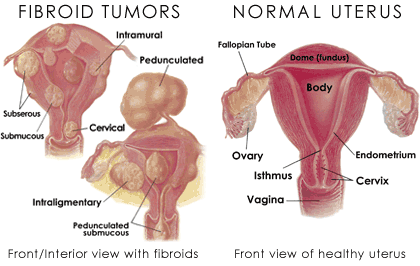
Open surgery to remove the uterus may be occasionally needed. Other new options for treating regular but heavy periods include placing hormone producing intrauterine devices which may be removed later on in life.
Best Wishes for Health
and Happiness



